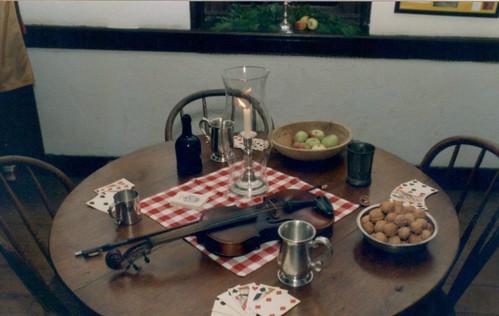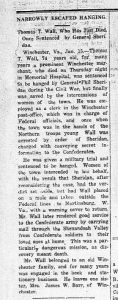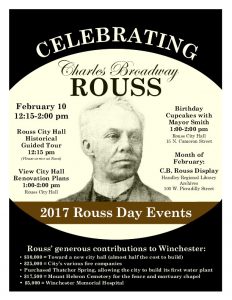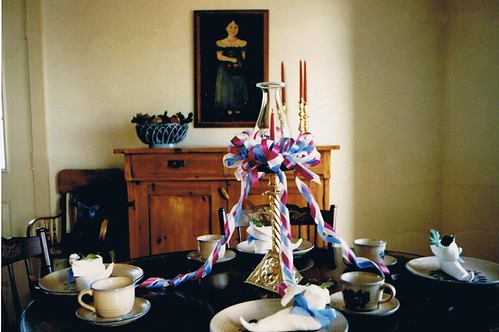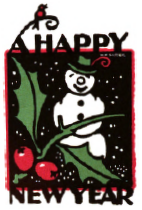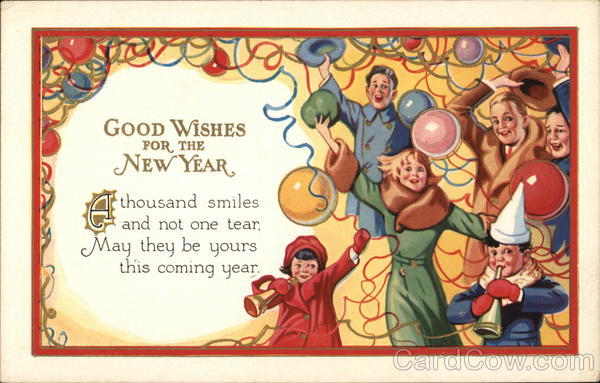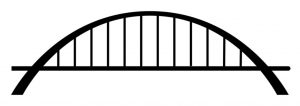 From Preservation Virginia this week is a request for help in an informal bridge survey taking place across Virginia. The Virginia Department of Transportation (VDOT) is re-evaluating of their Historic Bridge Inventory. Preservation Virginia is reaching out for help identifying bridges that could be considered eligible for individual listing in the National Register of Historic Places and Virginia Landmarks Register.
From Preservation Virginia this week is a request for help in an informal bridge survey taking place across Virginia. The Virginia Department of Transportation (VDOT) is re-evaluating of their Historic Bridge Inventory. Preservation Virginia is reaching out for help identifying bridges that could be considered eligible for individual listing in the National Register of Historic Places and Virginia Landmarks Register.
PHW is extending this call to our readership for help in identifying any local bridges that may qualify. The Historic Bridge Inventory lists only one bridge in Frederick County, a concrete closed spandrel arch bridge on Rt. 672 crossing the Opequon Creek, built in 1917. There are no listings for Winchester City, Clarke County, or Warren County.
The basic requirements for consideration are that a bridge should be administered by VDOT, 50 years old or older, and meet at least one of the criterion for consideration as a historic structure (bridges usually qualify under feats of engineering, but may also be associated with a significant person or event, or for outstanding design elements).
If you know of a bridge that may qualify, you will need: location, route number, stream crossing, VDOT structure number (if known), or name, as well as an explanation of why the bridge should be included. You may wish to refer to A Management Plan for Historic Bridges in Virginia Appendix A for a listing of the National Register Eligible historic bridges identified to date (starts on page 34 of the PDF).
The bridge survey is time sensitive. Please submit your responses before Friday March 31, 2017. Information may be emailed to PHW at phwinc.org@gmail.com, or hard copy information dropped off in person or by snail mail to 530 Amherst Street, Winchester, VA 22601. If you have questions about the bridge survey or would like to submit your bridge directly to Preservation Virginia, please contact Lisa Bergstrom by email at lbergstrom@preservationvirginia.org.
